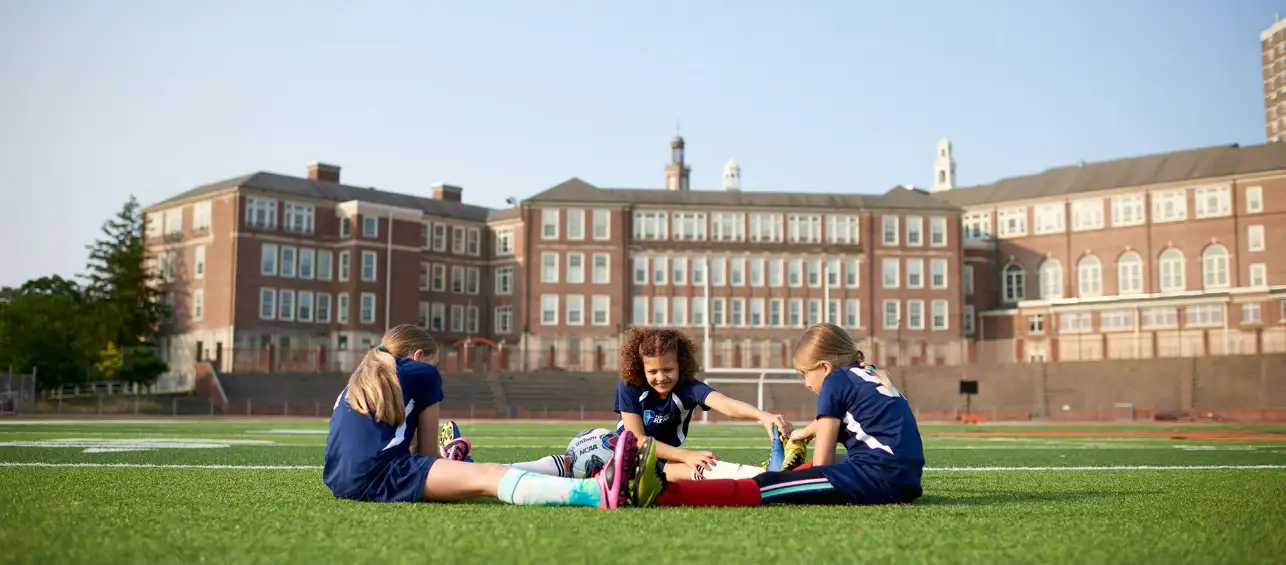Perhaps the only thing more exciting than sharing the love of a sport with our kids is watching them play it. Practicing together, attending games together, celebrating the wins and commiserating the losses together bond us in ways that can last a lifetime.
But somewhere along the way youth sports became more about winning and less about fun and fundamentals. In my opinion, therein lies the main reason why kids are getting so many overuse injuries. Two in particular I’d like to highlight are little league shoulder and little league elbow. As a physical therapist who runs a Thrower’s Clinic, here are some of the most frequently asked questions I receive about them:
What are little league shoulder and little league elbow?
Little league shoulder and little league elbow are overuse injuries caused by repetitive stress to the bone, which can widen the growth plate and result in pain and inflammation. These injuries are the equivalent of tendonitis or muscle tears that are seen in high schoolers and adults. The difference is that kids are injuring their growth plates instead of muscles, and if it gets too bad, they can pull the growth plate off of the bone (called an avulsion fracture). In this case the injury would need casting and/or surgery.
How common are little league shoulder and elbow?
For kids between the ages of 10-13 playing baseball, up to 40% of them will endure a little league shoulder or elbow injury. This type of injury has been growing by 8.5% each year, and about 7% of them will have the injury reappear in following seasons.
Little league shoulder and elbow are more common in boys than girls, because girls tend to hit their largest growth spurt sooner than boys – around 8 or 9 – before these throwing sports become really competitive. In other words, girls’ growth plates often close sooner than boys’. The injury most frequently happens when the growth plate is still open and kids are repetitively throwing or hitting. Kids who have growth spurts later in life can have this injury in their older teen years, such as 15 or 16.
Who is most at-risk for little league shoulder and elbow?
Young athletes who are specializing in a single throwing sport year-round are the most at-risk. Pitchers who also play the catcher position are at 2.9 times greater risk. It isn’t necessarily the type of throws, but rather the sheer volume of throws, that causes the most damage. For example, curveballs and off-speed pitches do not cause more stress (if thrown correctly) than fastballs. The issue is that kids are typically inaccurate with curveballs and off-speed pitches, so they have to throw more to make up for it.
In addition to baseball players, it can also occur with hitting sports such as volleyball, where there is hard, repetitive, overhead motion.
What does this injury feel like?
There are two noteworthy things to remember about how this injury starts. It begins as fatigue, and fatigue leads to pain. Fatigue can look like shaking out the arms, sloppy mechanics, and a slower velocity. The more obvious warning signs are wincing and changing up their throws to avoid pain. Because this injury starts as fatigue and leads to pain, it can be easily dismissed as not a big deal. Further, fatigue and pain that stop when they’re finished throwing is still an issue.
Why is it important to take time off?
This injury results from repetitive motions happening over time. It is not typically acute. Therefore, taking time off helps take the repetitive stressors off. But spending time away from one sport doesn’t mean they have to be inactive. Playing another sport like basketball, even though it uses the same arm, will reduce the risk of injury. Research suggests that when young athletes don’t take three months of rest in the off season, they have 62-90% greater risk of seriously injuring their arm.
Why do we need to follow pitch counts AND rest?
The Little League established pitch counts to help young players avoid arm injuries. However, I think the emphasis has been placed on pitch counts and not enough on rest. This especially comes into play during tournaments. For example, a 12-year-old pitcher will throw 70+ pitches on Friday night of the tournament. And then, because he’s the team’s best pitcher, he will also throw a bunch of pitches on Sunday (perhaps as many as he threw on Friday) to help finish out the tournament. The problem is that he didn’t get the five days of rest in between those games to help his arm heal. We don’t even put this amount of stress on major leaguers’ arms.
Why should we see a pediatric provider for little league shoulder or elbow?
If your child has this type of injury, it’s important to see a pediatric provider. Because adults have finished growing, adult providers don’t typically see and treat growth plate injuries. They require significantly more rest and rebuilding than similar muscular injuries in adults.
Talk to your child about little league shoulder and elbow
It is important to have open dialogue about this injury with your young athlete. If it is caught early, it is a much easier recovery. We can keep your child playing, but decrease the amount of time he plays and the number of pitches he throws. The aim is to keep him in the game but keep him safe. A full-blown injury will require 3-5 months rest with strengthening and rehabilitation.
Cincinnati Children’s offers a Thrower’s Clinic that helps kids prevent and treat throwing injuries. It is appropriate for both healthy and injured athletes. To learn more, visit our website.







What should a pitcher do for his recovery after pitching ?
In making the assumption that you are asking about pitchers without pain, there are some tried and true practices that will help the pitcher recover. On the day, right after completing pitching, is the time to perform gentle static stretching. A special focus for the back of the shoulder with both cross-body and sleeper stretches are a good place to start. I also suggest that a pitcher does stretches for the back and legs to help with recovery of the entire body as well. Ice is considered standard in the sports world but the research on recovery is not solid. I suggest to my pitchers that if they feel ice helps then do ice. If they dislike it, then do not. The main thing with ice is making sure you only leave it on for 15 minutes (20 minutes at most).
With this all being said, the biggest aspect of recovery from pitching comes in the days following pitching. We need to make sure that our pitchers are getting the rest they need between outings. I like the guidelines set up USA baseball and the MLB which can be found at pitchsmart.org. Beyond rest, doing light band or strengthening work on the following days helps the muscles regain the stability they lost from pitching.
Is there increased vulnerability to the child during or just after a growth spurt ?
Yes, a growth spurt does increase an athlete’s risk for growth plate injuries, but this is not the only factor. The other factors are the amount of activities (throwing in this case) the athlete is participating in and strength and flexibility. We then consider all 3 of these factors when returning our athletes to sports. The challenging thing is they can follow the pitch counts and work on their exercises, but if they are growing quickly at the time, we can still be limited. This can become frustrating for the athlete, coach, and family.
What should that 3-month rest look like? Some coaches say that kids should continue to throw, but at a lesser velocity/intensity. What do you think about that? Should kids completely shut down and not throw at all for 3 months? Or is it okay for them to continue to throw three days a week, at a lesser intensity?
The “3 months of rest” goal is to abstain from max throwing for the that period of time. So yes, it is okay to do less intense throwing to work on a player’s mechanics during this period. I always suggest 75% effort as a cut off for this time period. While this is something a player can work on during this time, this 3 months’ main goal should be to increase strength to make the player resilient for the upcoming season.